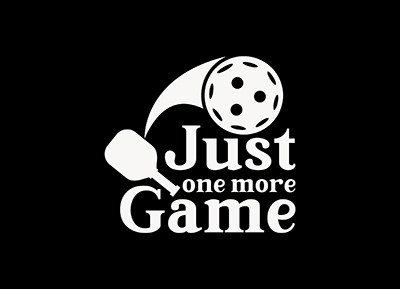Controlled abandon is a concept that refers to the balance between discipline and freedom, or structure and spontaneity. It’s the ability to let go while still maintaining control over oneself and the situation. This concept can be applied to various fields, such as art, sports, personal growth, and professional development. Controlled abandon is all about finding the sweet spot between inhibition and recklessness, and it can lead to higher levels of creativity, performance, and fulfillment.
In art, controlled abandon can be seen in the works of artists who push the boundaries of their medium while still adhering to certain rules and techniques. For instance, a painter might explore unconventional brush strokes, color combinations, or subject matter, yet still maintain a sense of harmony and balance in their work.
In sports, controlled abandon is often evident in athletes who are able to push their limits, take risks, and innovate within the confines of their sport. This can lead to new techniques, strategies, or a unique style that sets them apart from other competitors. A good example is a basketball player who can improvise and adapt to different situations on the court while still following the game’s rules and maintaining team cohesion.
Personal growth and professional development also benefit from controlled abandon. By stepping out of one’s comfort zone, taking calculated risks, and embracing change, individuals can grow and learn in ways that would not have been possible had they stayed within their familiar boundaries. This could involve pursuing new hobbies, learning new skills, or even changing career paths.
However, it’s essential to remember that controlled abandon is not about being reckless or impulsive. Instead, it’s about finding the perfect balance between structure and spontaneity. This balance allows for creativity and innovation while still maintaining a sense of control and direction.
In conclusion, controlled abandon is a powerful concept that can lead to increased creativity, improved performance, and personal growth. By embracing this balance between discipline and freedom, individuals can push their limits and achieve higher levels of success in various areas of their lives.
